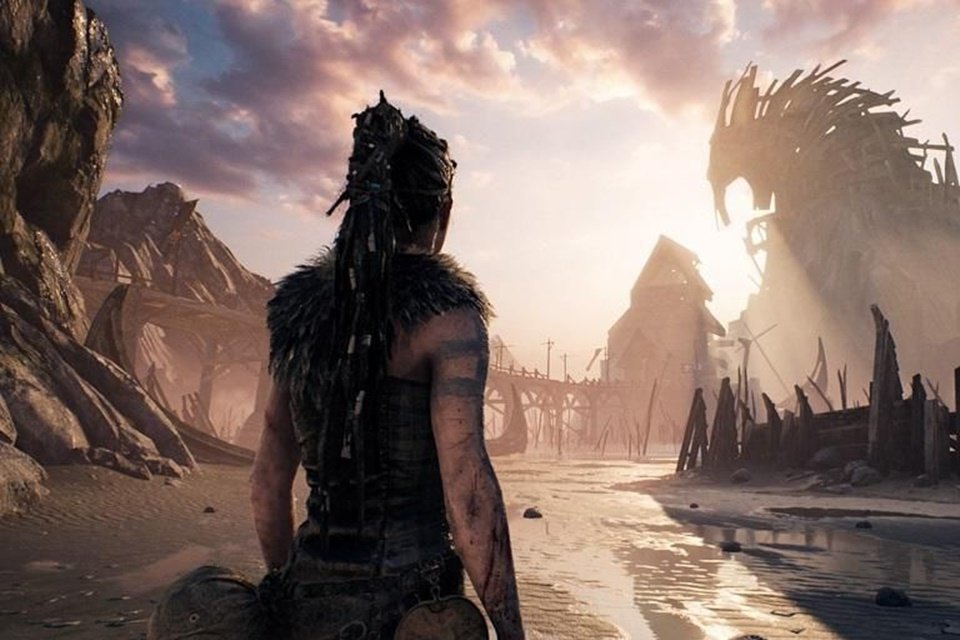Guilty_AI
Member
in a perfect world maybeShareholders aren't game designers or creative directors, they have zero influence on how games are.
You talk as if this is simple, easy work.To add black bars only require a couple of lines of code, and maybe to zoom out the cameras. No need to reshoot anything to do this.
And you think these "other reasons" aren't worth exploring further?Yes, Tetris or Minecraft have been super successful with humble graphics because even if visuals are the most important thing for selling a game, visuals aren't everything, so some games sell a lot because other reasons. But huge selling games with shitty visuals (specially in the AAA segment) these are exceptions, most best selling games have high end visuals.
Thats assuming the team is being led well. Work under a bad producer and yes, you will be stuck waiting for others to finish their job among other headaches.Yes, game development is a team effort. But designers or programmers work with placeholder art until art is ready, they (we) don't need to wait until the art is done to do their (our) job. To be productive these teams have producers, who organize and sort their tasks and consider dependencies, so they never are waiting in their desks waiting for someone else to finish their job: they always have tasks to do that don't require someone else to have their job done.
Using percentages and average is bad-faith statistcs. Fact is, there are dozens of indies selling millions, much like there are dozens of big productions also selling millions.I included GTAV as a non-sensical example, because it's a very rare exception for AAA games like million seller games are inside indies (like Valheim).
The percentage of indies who sell over a million copies is tiny out of the thousands of new indies are released every year. On average indies sell a few thousand copies. While in AAA is the opposite: way less are released every year compared to indies, but most of them sell over a million copies or at least -when they tank- get close to 1M. On average AAA games sell a few million copies.
The line isn't clear enough to be able to claim this. All games i mentioned had very small teams working on the game at the time of their release. ETS2 for example only had a dozen people working on it back on 2012, it grew afterwards after their success. Hollow Knight only 4 people, Risk of rain 2 only signed publishing agreements with gearbox during early access period (and also had a team of 4 people), Deep Rock Galactic around 30 people... You get the idea, they were all small teams working with limited budget and still sold millions.And well, I wouldn't call indie those supported by big publishers (which includes platform holders). Same goes with AA games made over a hundred or in some cases two hundred people (case of all the ones you mentioned with the exception of Terraria and Valheim).
Last edited:




